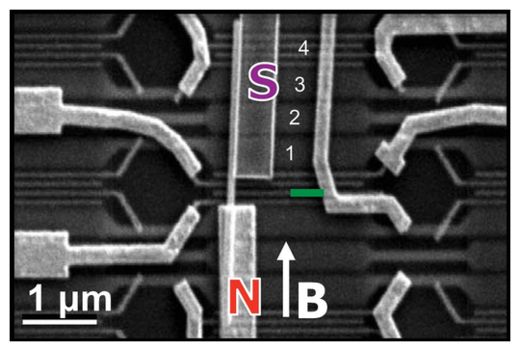
© Neil Hunter, UC DavisThere are many "tools" that cells could use to separate DNA strands that cross over during meiosis. UC Davis researchers have identified the right tools for the job.
Researchers at the University of California, Davis, have discovered a key tool that helps sperm and eggs develop exactly 23 chromosomes each. The work, which could lead to insights into fertility, spontaneous miscarriages, cancer and developmental disorders, is published April 13 in the journal
Cell.Healthy humans have 46 chromosomes, 23 from the sperm and 23 from the egg. An embryo with the wrong number of chromosomes is usually miscarried, or develops disorders such as Down syndrome, which is caused by an extra copy of chromosome 21.
During meiosis, the cell division process that creates sperm and eggs, matching chromosomes pair up and become connected by "crossing over" with each other, said Neil Hunter, a professor of microbiology at UC Davis and senior author of the new study.
These connections are essential for precise chromosome sorting and the formation of sperm and eggs with exactly the right numbers of chromosomes. Crossovers also play a fundamental role in evolution by allowing the chromosomes to swap chunks of DNA, introducing some variety into the next generation.
Each pair of chromosomes must contain at least one crossover. But there shouldn't be more than about two crossovers per pair, or the genome could be destabilized.
In their paper, Hunter and his colleagues describe a "missing tool" that explains how crossovers are regulated.
"There must be enzymes that ensure at least one crossover, but not too many," said Hunter, who is also a member of the UC Davis Comprehensive Cancer Center research program.

